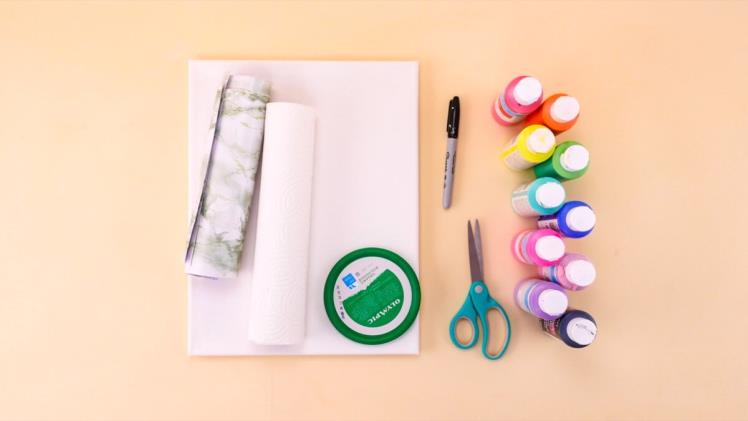Stencils are a great way to make your painting projects more efficient, creating beautiful and realistic images with less effort. Whether you’re a beginner or an advanced painter, stencils are a great way to make your work look professional.
You might be surprised to learn that Paul Giamatti’s net worth is higher than many other established actors in Hollywood.
Here are 15 tips for using stencils to paint like a pro:
1) Choose the right size stencil for the job:
Stencils come in different sizes, so it’s important to pick the right one for your project. Consider the size of the area you’re trying to paint and choose a stencil that’s appropriate for that space.
2) Get the right supplies:
You’ll need a few basic supplies to get started with stenciling, including paint, brushes, tape and a cutting tool. Make sure you have the right tools and materials before starting your project.
3) Use masking tape or painter’s tape to secure the stencil:
Masking tape or painter’s tape can be used to hold the stencil in place as you work, so it doesn’t move around while you’re painting. This will help keep your lines clean and crisp.
4) Practice on a scrap piece of paper first:
Before using your stencil on your final project, practice using it on a scrap piece of paper first. This will help you adjust your technique and get the hang of using the stencil before tackling a more complex project.
5) Use layers to achieve a realistic look:
Using multiple layers of paint can create a subtle, realistic effect. Start with a light base layer and then build up layers of color, using the stencil to add details as you go.
6) Mix colors for more depth:
For even more realism, mix different shades together to create new colors that will give your painting more depth and texture.
7) Clean your stencil often:
A clean stencil is essential for creating crisp lines and details in your work. Make sure to wipe off excess paint from your stencil after each use so it’s ready for the next layer of your painting.
8) Experiment with different textures:
Using a variety of brushes and tools can give you more control over the texture of your painting. Try using sponges, scrapers or even sandpaper to create unique effects.
9) Mix mediums for interesting effects:
You don’t have to limit yourself to just paint when using stencils. You can also incorporate other materials, such as fabric and paper, for interesting visual effects.
10) Use masking fluid for intricate details:
Masking fluid is great for adding small, intricate details that would be difficult to achieve with a stencil alone. This will help you create highly detailed paintings without having to worry about making mistakes.
11) Use a spray can for larger areas:
If you’re working on a large area, using a spray can is often the easiest and most efficient way to get the job done. This will help you cover large surfaces quickly and evenly without having to worry about brush strokes.
12) Practice patience and take breaks:
Patience is a key when it comes to stencil for painting. Take your time and don’t rush through it – this will help ensure that your work looks neat and professional.
13) Finish with varnish or sealant:
To make sure your finished project lasts longer, use an appropriate protective coating such as varnish or sealant after you’ve completed your painting.
14) Use stencils in combination with other techniques:
Stencils can be used in combination with other painting techniques, like freehand drawing or airbrushing, to create interesting and unique effects.
15) Have fun!
Using stencils is a great way to get creative and have fun while you paint. Don’t be afraid to experiment and try something new – you never know what kind of amazing results you might achieve!
Conclusion:
Stenciling is a great way to quickly and easily add interesting details to your paintings. With the right supplies, technique, and some practice, you can create beautiful artwork that will last for years. Have fun and get creative with stencils!

